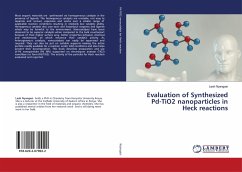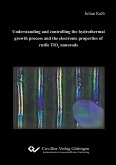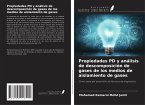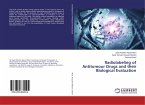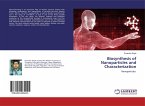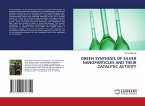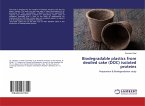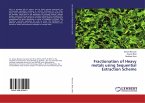Most organic materials are synthesized via homogeneous catalysts in the presence of ligands. The homogenous catalysts are unstable, not easy to separate and recover, expensive and works over a smaller range of applicable reaction conditions resulting in relatively low catalytic ability. Homogenous catalysis also uses toxic and hazardous reagents and ligands which may be harmful to the environment. Nanocatalysts have been observed to be superior catalysts when compared to the bulk counterpart because of their higher surface area, better properties (physical, chemical and mechanical); all which influence their catalytic activity. As heterogeneous catalysts, nanocatalysts can easily be separated and recycled. They can also be put on suitable supports making the active particle readily available for a reaction under mild conditions and also helps prevent their decomposition. This book describes preparation and use of Pd nanoparticles (Pd NPs) supported on electrospun anatase (TiO2) nanofibers to form (Pd/TiO2). The activity of the particles for Heck reaction evaluated and reported.
Hinweis: Dieser Artikel kann nur an eine deutsche Lieferadresse ausgeliefert werden.
Hinweis: Dieser Artikel kann nur an eine deutsche Lieferadresse ausgeliefert werden.

